SNAKES IN THE AREA OF THE CITY OF SAFED USEFUL INFORMATION

Hello, at your request, useful information about snakes in your area of residence.
In Israel there are 41 types of snakes of which 9 are venomous but in your area there is only one venomous snake and that is the Common viper (Daboia palaestinae)
***except for the munt hermon viper that lives only at munt hermon an 1600 meters and up.
All other snakes in your area are non-venomous and not dangerous in any way.
*** except for people with severe allergies, those people will be equally allergic to a bee, spider, or any animal sting)
The snakes in Israel are divided into 3 categories :
Venomous snakes, - in your area its only the common viper.
These snakes have hollow venom teeth located at the front of the mouth and are able to inject venom directly into the body
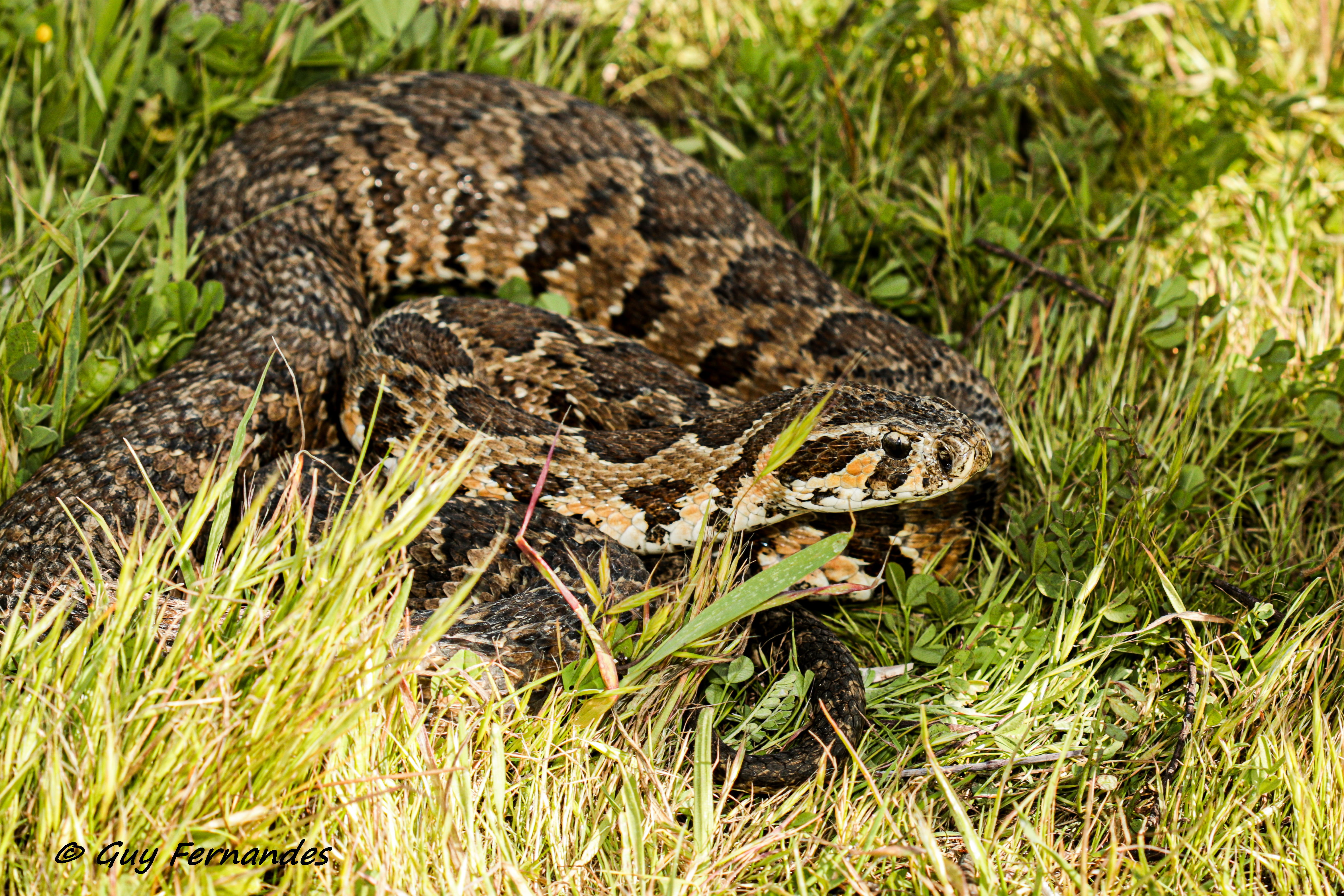
photo by : snake catcher guy fernandes
sub-venomous snakes, - Sub venomous snakes are snakes whose venomous teeth are located in the back of the mouth and a prolonged bite is necessary to deliver the venom. Since their teeth are not hollow, they need to inject the venom into a wound that will be created as a result of the bite, which venom drips from a small groove in the upper part of the back venom teeth.
The venom of these snakes is not dangerous to humans and can cause slight swelling or edema (except for people who are allergic and very sensitive)
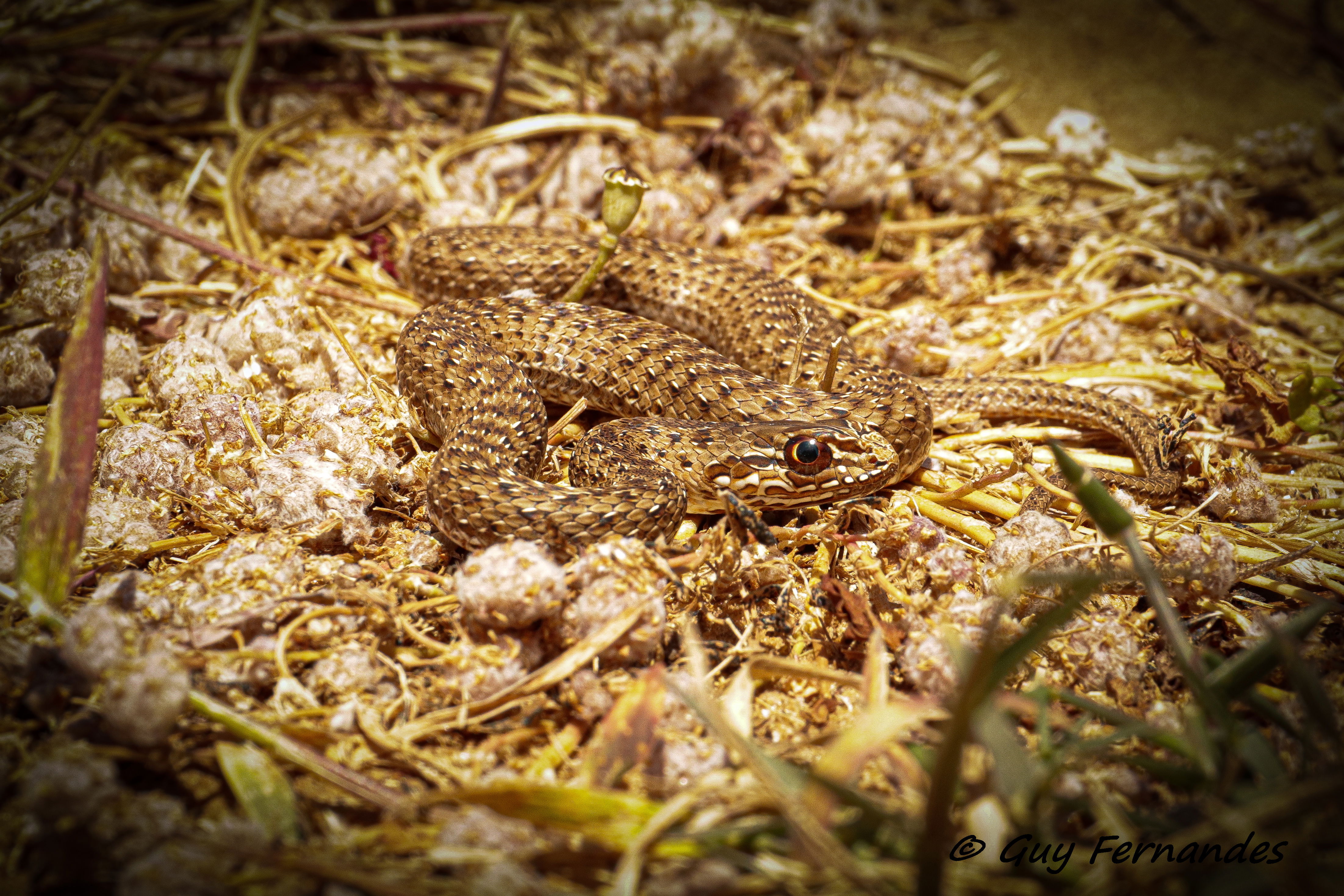
photo by : snake catcher Guy fernandes
this are the sub venomous snakes in your area :
Telescopus fallax
non-venomous snakes.
Non-venomous snakes are not dangerous in any way. a bite from some of them can cause slight swelling from the introduction of bacteria present in their mouth . From my knowledge one snake that is very common in all parts of the north and center is called (Platyceps collaris ) And I am writing this from my own experience only, during my life I have been bitten by this snake thousands of times, of which in only 3 cases a slight edema was formed, which passed after less than an hour.
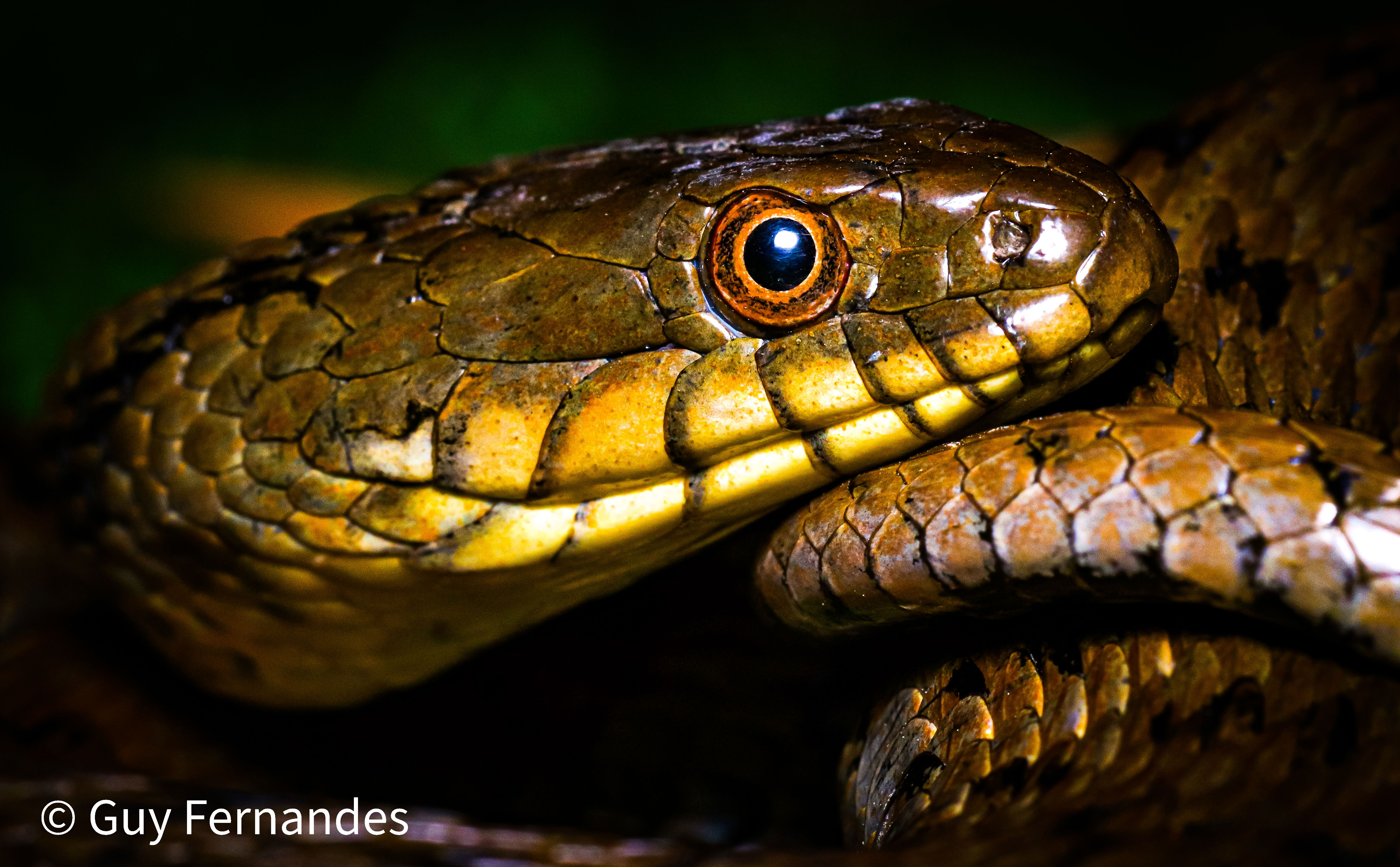
this are the non venomous snakes in your area :
* Dolichophis jugularis - black wipe snake * Hemorrhois nummfier - coin snake * Eryx jaculus - sand boa * Platyceps collaris - * Natrix tessellata - Dice snake * Typhlops vermicularis - Eurasian blind snake * Letheobia/Rhinotyphlops simoni - Simon warm snake * EIRENIS LINEOMACULATUS - Crowned dwarf racer * EIRENIS ROTHI - Roth's dwarf racer * Eirenis decemlineatus - Lined dwarf snake * Rhynchocalamus melanocephalus - Palestine kurki snake
Each of the snake names above are linkes so that you can see what the snake looks like for identification purposes.
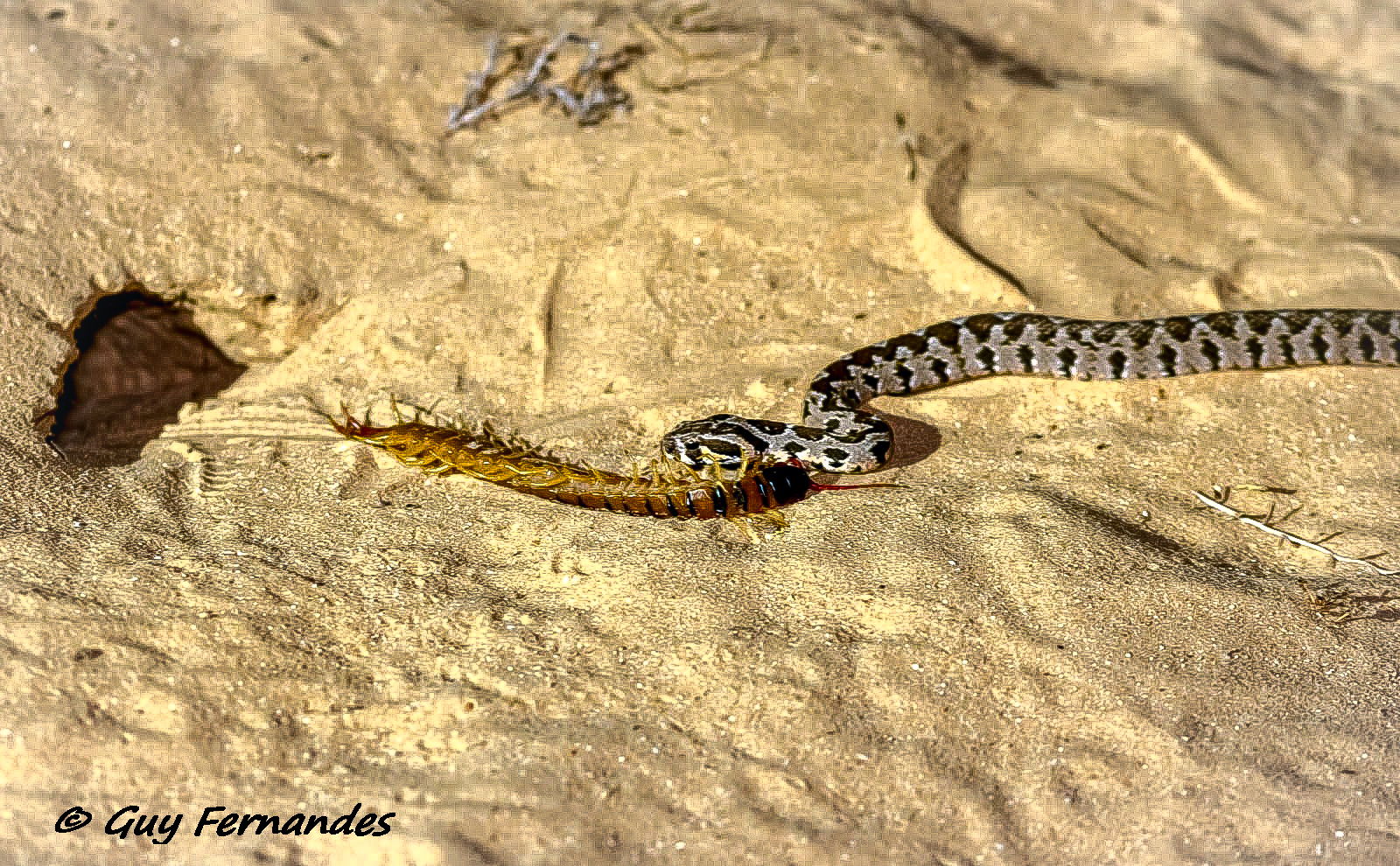
Most snakes feed mainly on rodents, birds, arthropods, insects, and even other snakes .
Food that is abundant in nature but also near human habitation. The problem begins when we humans actually feed the same pests and make them live in the urban environment in which we live, and this time we will focus exclusively on rodents and more precisely the beach rats, the same rats that we see in the streets, on power lines, in yards and on the roofs of houses.
We live in a time of plenty where food is a matter of course and there are many people who allow themselves to also throw plenty of food into the garbage cans at the best and on the floor usually, the same food is used by the rats and feeds them to a level where they have no unnecessary worries about food so they focus on reproduction.
A pair of rats will produce about 15,500 offspring during their lifetime. And without the intervention of predators (snakes, birds of prey) the numbers will only increase and double from year to year. Rats are an animal from the mammal family that adapt and learn over time so that they already know not to fall into the same traps twice and are able to teach their offspring not to approach the traps that we humans leave, therefore there is a need for innovations every time.
Without going into the types of diseases, I will only give 2 examples. Smallpox, the plague. And a number of other diseases that are spread by the rats through fleas that live on their backs and drink the blood of the rats and then infect other animals and even humans To , until now more than 750 million people around the world have died from diseases as a direct result of rat infestation.
Therefore, the snakes are a critical means of thinning the rat population. As soon as those rats settled in the big cities and our settlements, a small number of snakes found a way for them to settle in our cities to breed and actually adapt to life in the city. The most common snakes in your city are:
* Daboia palaestinae - common viper * Hemorrhois nummfier - coin snake * Dolichophis jugularis - black wipe snake * Platyceps collaris
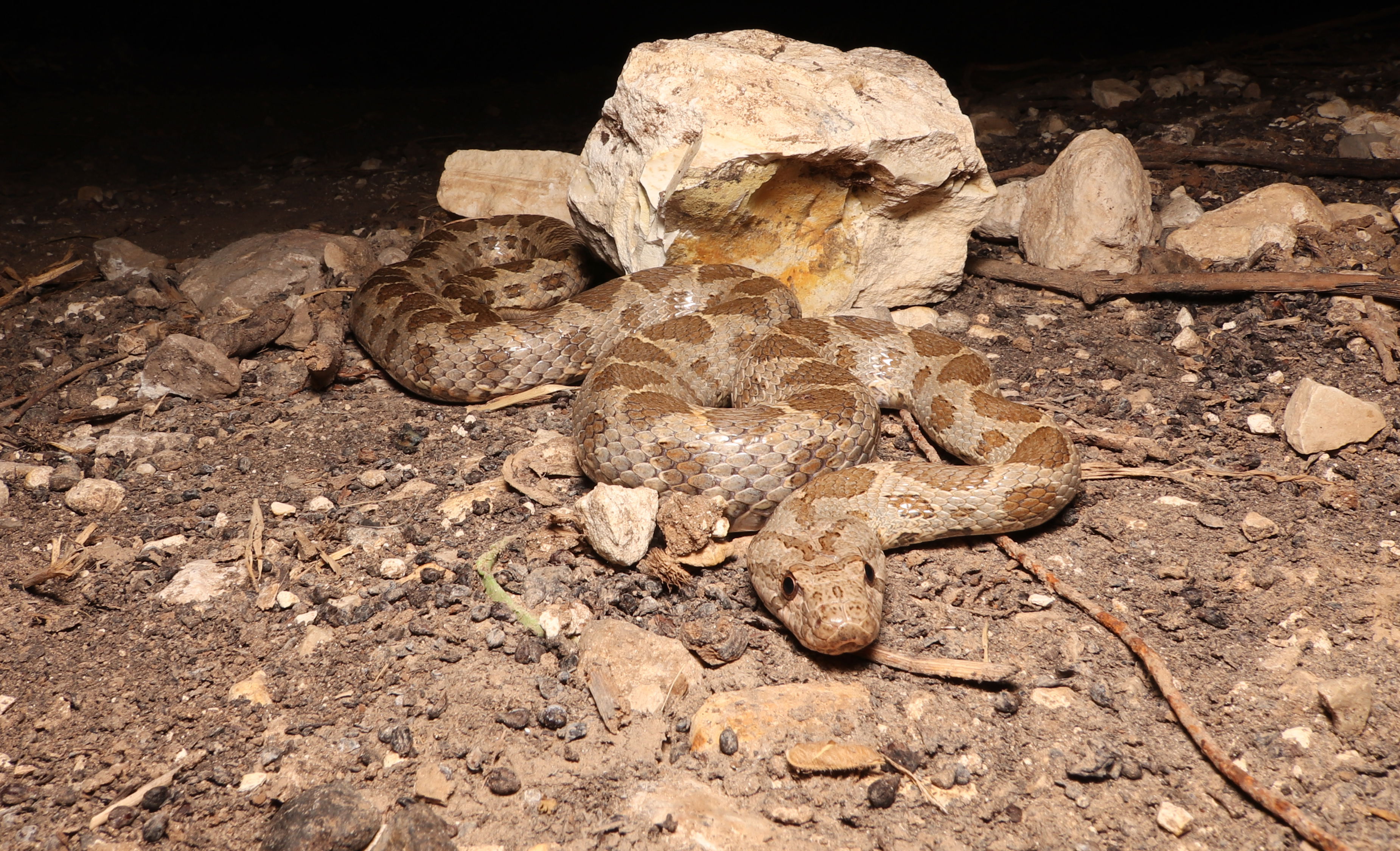
coin snake - photo by snake catcher guy fernandes
So what actually needs to be done in order to reduce the friction and encounter with those snakes and especially with the common viper?
A. Maintaining cleanliness, throwing away waste, closing trash cans, and collecting fruit from fruit trees in private homes .
B. Pruning tall vegetation in the yard of the building or house in order not to provide hiding places. Cutting tall grass, cutting and trimming vegetation near the windows in the house.
c. Do not leave discarded items uncovered, or left alone in yards of items that can be used as hiding places for snakes.
d. And of course basic knowledge and knowing the snake will significantly reduce danger and fears and will give you appropriate tools during such an encounter.
In addition, you have to take care of closed warehouses, repairing cracks in the walls, have you installed a new air conditioner? Make sure all the connections that enter the house are well closed, open tiled roofs and bird nesting in the crevices in the walls will bring snakes to look for food, which can definitely cause a snake to accidentally enter the house. Raising birds and rodents in cages is an invitation to the snake to come and eat, therefore if we decide to raise animals we will have to make sure that they are not near the entrance of the house or near windows.
There are many more ways to prevent or be careful. I'm sure I forgot to write down a lot, so feel free to send me a message on the page and I'll be happy to answer you.
There are many people who will try to sell you magic solutions in the form of powders, vibrating devices, pesticides and more at exorbitant prices. None of the methods I listed work, are ineffective, and have never been scientifically proven! There are only 3 ways to answer the issue. Before I go into detail about the ways, it is advisable to do a short survey and find the most professional snake catcher you can find and save the number in advance in case of emergency. You must verify the arrival time, you must verify that the price is appropriate
(there are many people who will take advantage of your fears for profit). In addition, there are many pest control companies that do not perform the work themselves, they use external trappers, the return is the same percentages that make the service more expensive for you. Beware of scammers.
The first way, if we have seen a snake, is to identify it and know if there is danger or not. If it is a poisonous snake, we will call a catcher. If it is a non-venomous snake, we will take a camera and take a picture to have as a souvenir, and we will send the photo to a professional snake catcher who will know how to identify the snake just so we can be calm.
If the snake is inside the house, we will call a snake catcher so that he can move the snake back to nature The second way is to invite a trapper to perform a preliminary scan in the area to make sure there is no snake, but this is only true in the case where we saw a snake today or yesterday at most. A trapper who performs a professional scan may find a snake, but this does not prevent another snake from entering the area tomorrow as well. The third way is to enrich your knowledge and know for yourself which snake is dangerous and which snake is not, and thus you can save money and unnecessary fears.
How will we treat the victim? Dial 101 immediately and call the MDA team and the police headquarters 100 so that they can direct the nearest party to treat the victim. The victim must be kept away from the snake and moved to a safe place The victim must be kept away from the snake in order to prevent another case of being struck and also the surrounding people so as not to cause damage to those around them. In any case, do not try to capture the snake yourself, or try to hurt it, it may only end in more injuries. Immediately call a snake catcher 052-8328488 so that he can identify the snake and give initial instructions until the ambulance arrives. Care must be taken to ensure complete rest and sedation of the victim In order to reduce the spread of the venom - the victim must not be moved in any way and act as much as possible to calm him down such as do not move the damaged area of the body, these factors can speed up the rate of blood flow: excitement, pressure,
movement, moving the damaged limb. It is important to remember symptoms and any useful information that will give doctors the best information in order to know how to treat the victim.
Clothing and jewelry should be removed from the injured limb/severed limb Removing clothing and jewelry is intended to prevent further injury as a result of swelling and hemorrhages that can create pressure on the injured area and act as artery blockers, blocking arteries creates a high concentration of toxins in the limb area which, once removed, will cause an increased flow that will move the poison faster. It is forbidden under any circumstances to use a tourniquet in case of injury! The injured limb must be immobilized The injured limb must be fixed to the body with the help of everything available and the victim must be prevented from moving or moving at all! We will also note that the fixation is not too strong and functions as an artery blocker. and waiting for the medical team. We will sit in an isolated place and allow those in our company to call for help while the victim sits and remains as calm as possible.
Make sure that it is indeed a snake bite, look for the signs of the bite The signs will differ from snake to snake. The recognized sign is 2 symmetrical points in the affected area, and scratches, redness, swelling, edema. Every bite should be treated as a venomous snake bite! These if proven other wise. It is advisable to remember the signs and characteristics of the snake so that we can consult an expert who can tell us who the snake is that bit us or bit us. For the snake identification service in similar cases you can call me with a picture or description of the snake, the call will be made by another person who was not injured in order to prevent unnecessary movements of the victim. After the test with only 110% certainty, preferably by photographing the snake from a safe distance. (You can dial: 052-8328488, the service will be provided for free!). The consultation is used for evaluation only and is not a substitute for medical treatment by a qualified doctor.
Try to reproduce the description of the appearance of the snake together with the victim (color, special marks, stripes)If it is possible to take a clear picture of the snake from a safe distance, it is always better, if you do not remember any identifying marks such as colors,
body structure, markings on the back, if it is smooth, and any information that can help in identifying the snake, it is important to provide a location in Israel so that a more accurate assessment can be made Which snake is involved to help the medical team determine which treatment is more appropriate. You must call a snake catcher (052-8328488) immediately so that he can come identify the snake and capture it. Do not try to capture the snake yourself or try to hurt it, which can cause more cases of bites. Mark the affected area with a pen/marker and write next to it the time of the bite. The operation must be repeated every 15 minutes so that the rate of spread can be assessed. Most of the stings in Israel result from the sting of a common viper (95% of all stings) because of its proximity to humans, usually within minutes of a full bite (injection of venom into the body) the first symptoms will be local pain swelling and hemorrhages that can spread to the entire length of the limb and also to the side of the injured body while forming Large swellings, therefore it is important to mark the damaged area if we were able to identify it, we will mark the damaged area and write down the time of the bite in order to help the medical team estimate how much time has passed since the bite, the swelling will continue to rise along the limb, so it is important that we mark every 10-15 minutes the continued spread and again write down the time so that the medical team can know the rate of spread of the venom in the limb. Various viper bites: (4% of all bites) In the case of a viper bite, proceed exactly as in the case of a viper bite, keep as calm as possible, and go to a medical center as soon as possible. The poison of the ape can cause bleeding and lack of blood clotting which can end in damage to internal organs and even hemorrhages in the brain. There is an antibody (antivenam) against the bite of the aphid. The rest of the snakes (less than 1% of all bites) must be treated in exactly the same way as the viper and the viper without exception. Prohibitions! Do not cut the bite site Do not suck the venom Do not place a tourniquet Do not give the victim food or drink at all! Don't chase the snake
Signs and symptoms that the victim will present:
Signs of injury (teeth/scratches/local swelling)Local pain, there may be red stripes from the bite site up wards Circumcision and tingling sensation General weakness sweating nausea and vomiting Pulse and breathing are accelerated Convulsions and heart rhythm disturbances Cognitive suppression until loss of consciousness